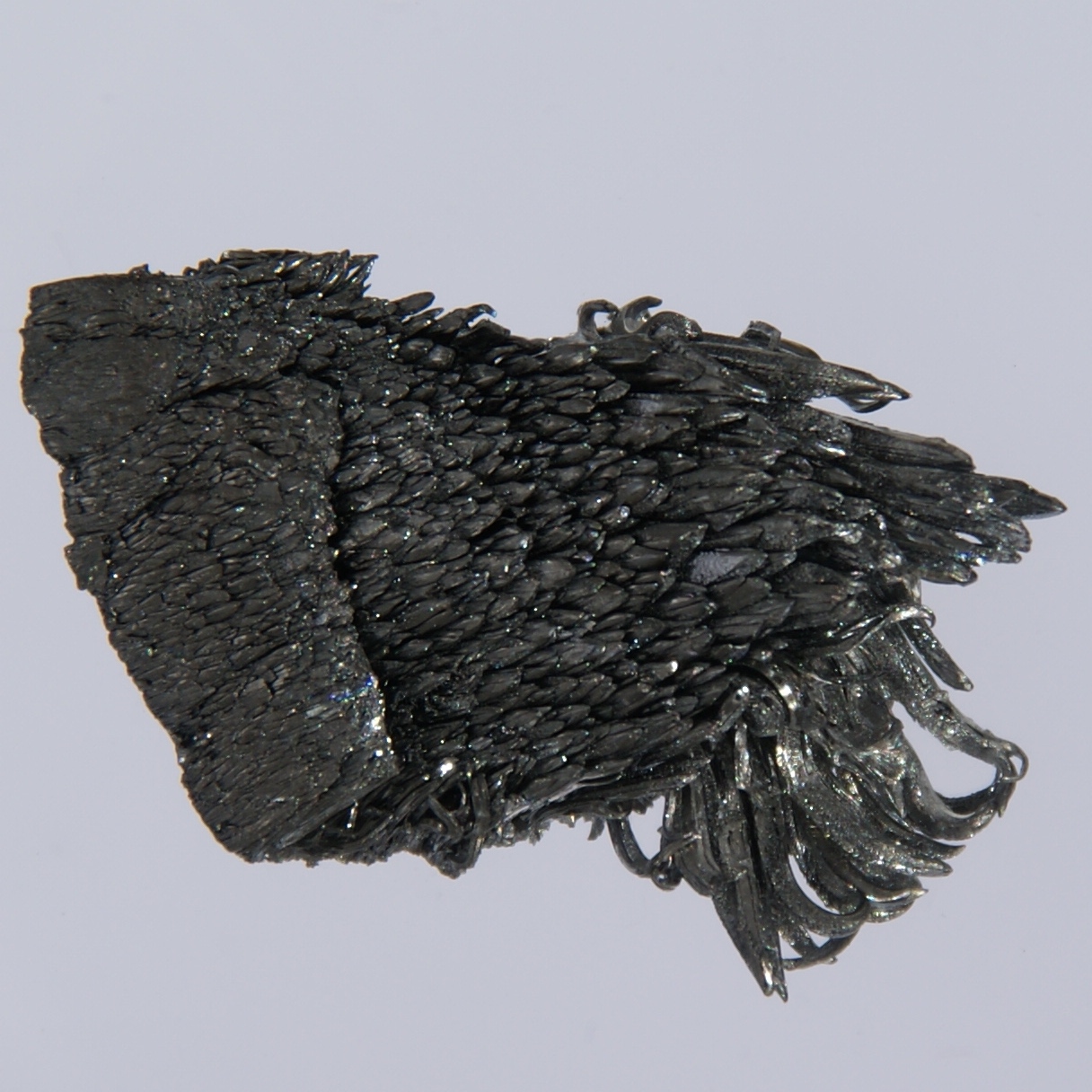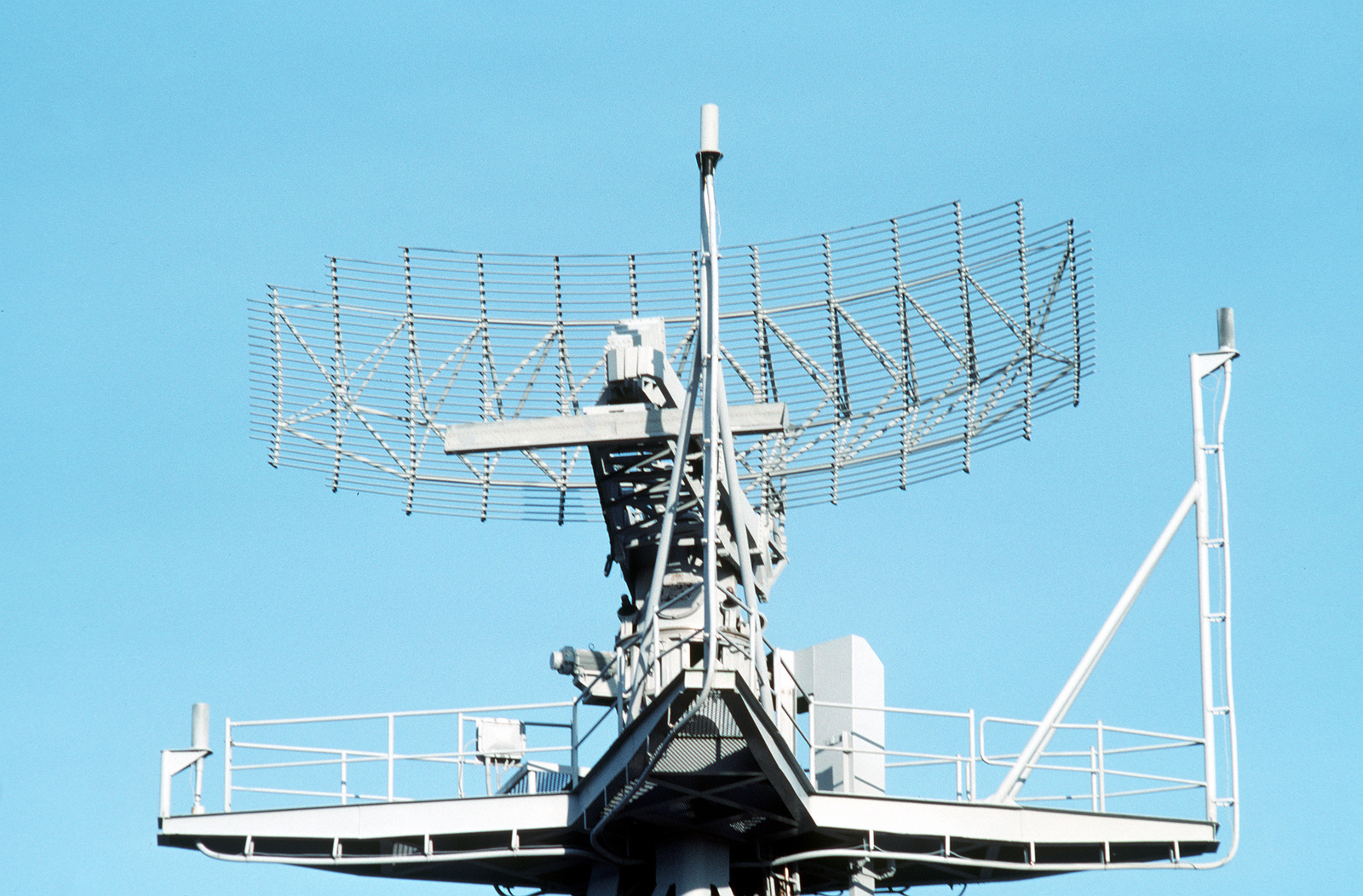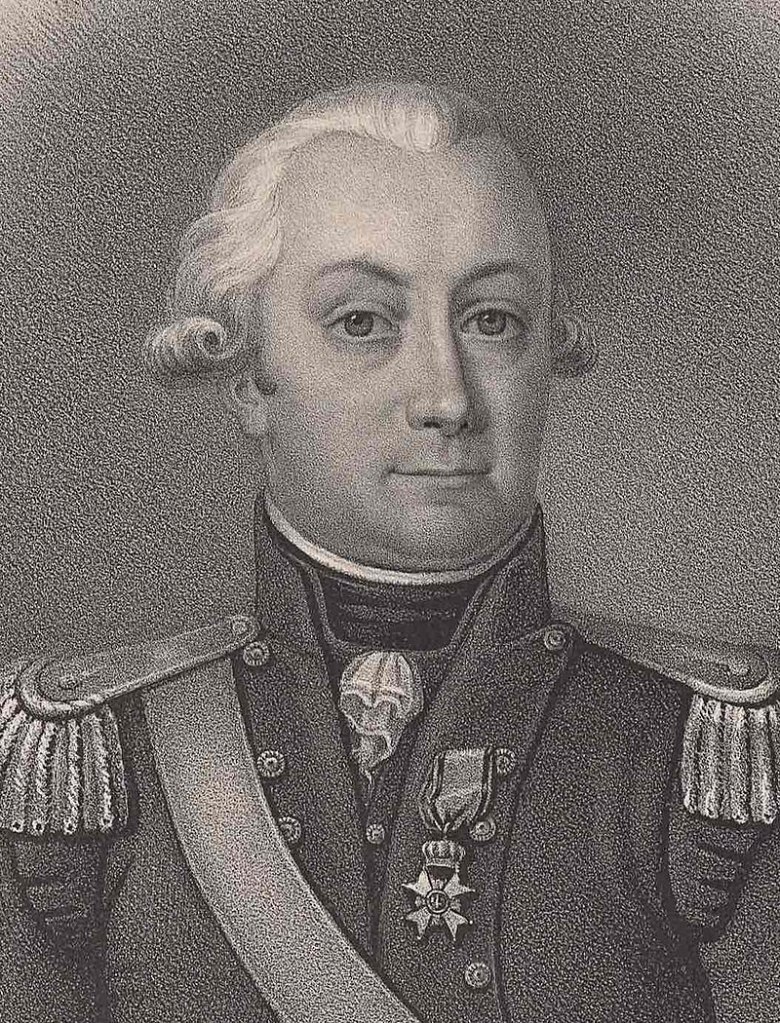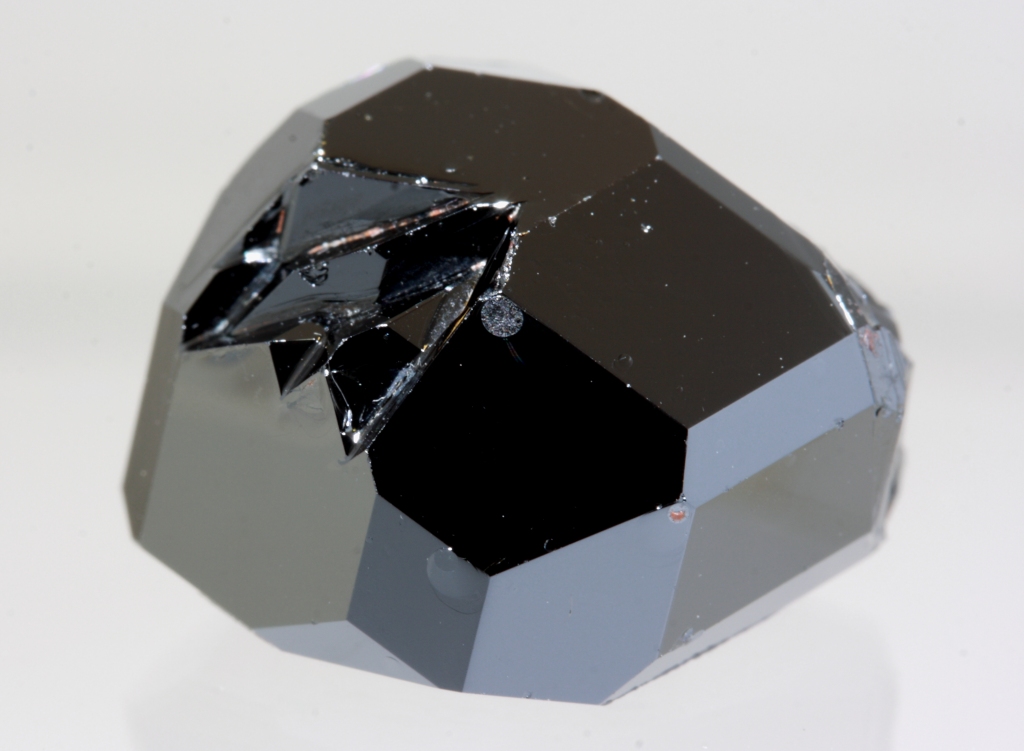


Clockwise from left: a scaly lump of yttrium (from Wikimedia Commons), yttrium plays an important part in radar technology (from GetArchive), yttrium as it appears on the periodic table.
Today we complete the Ytterby quadrology- the quartet of elements named after the Swedish village whose mine provided the minerals of their discovery. We’ve had ytterbium, erbium, terbium, and now we have the one that doesn’t rhyme with the others, yttrium.
For the origin story of ytterbium we return once again to the mineral ytterbite, found by Karl Arrhenius in a mine in Ytterby, Sweden at the end of the 18th century. Analysis from chemists Johan Gadolin and Anders Ekeburg found that the mineral contained a new “earth” as it was called at the time, which was called yttria. The understanding that “earths” were just element oxides, and that yttria’s element was yttrium, did not come until decades later. The oxide yttria was found to not only contain yttrium, but also ytterbium, terbium and erbium, making Ytterby the location with the most elements named after it!

Yttrium is used in alloys to strengthen metals like aluminium and magnesium. Yttrium can also be added to stronger metals like titanium and chromium to make them more malleable. It does this by decreasing the grain size of the metal- miniscule particles of metal that are randomly arranged to make the overall metal. The smaller these grains are, the easier the metal is to manipulate and bend. Yttrium iron garnets (crystals made from iron, yttrium and oxygen atoms regularly arranged) are often used as filters in microwave technology, ensuring that only specific electromagnetic wavelengths are broadcast or received. This is particularly important in radar technology. Yttrium aluminium garnet is often used in white LEDs and as a faux-diamond in jewellery, and another synthetic gem cubic zirconium often uses yttrium to stabilise the classic cubic structure. Yttrium oxysulphide was used in old cathode ray tube televisions as a red phosphor- when hit by the energy of fired electrons, the chemical gives off a red light, which combined with other colours gives an image.

Yttrium also plays a role in medicine, specifically the radioactive isotope yttrium-90. Y-90 is attached to specific antibodies, proteins that can recognise and bind specific biological structures, which in this case are cancer cells. The attached radioactive yttrium can then expose the cancer cells with intense beta-radiation, killing said cells. Many cancers are currently treated by this radiotherapy, including ovarian, leukaemia and liver cancer.
And that’s yttrium- the filtering, cancer-killing and first Ytterbian element!

2 thoughts on “Day 111: Yttrium”